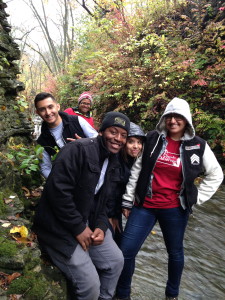
Breshaun Spikes and the Forest Preserve Leadership Corps tour Sagawau Canyon.
Two years ago, I would have never seen myself where I am today. Totally unaware, and pretty much apathetic to the entire aspect of conservation and the environment, I couldn’t imagine the opportunities and knowledge that I have gained. Through volunteering, I was introduced to the Student Conservation Association and Friends of the Forest Preserves, and I have developed a passion for conserving the environment and advocating for its widespread influence on the world we live in.
My experiences with Friends and the SCA have encouraged and motivated me to spread the word to my peers. In the summer of 2013 I had the opportunity to travel to our nation’s capital, and converse with our leaders and representatives about civil and environmental issues. It was my first time traveling to Washington, D.C., and my first time on a plane. While in high school still, I spoke at Triton College about the environmental architectural powerhouse, Jens Jensen, and how Chicago and other metropolitan areas can work toward becoming more environmentally innovative and aesthetically pleasing.
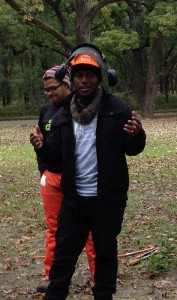
BreShaun Spikes leads a presentation at Chicago Portage Days.
Joining the Forest Preserve Leadership Corps with Friends of the Forest Preserves only furthered my knowledge and passion for the environment and conserving it. Since joining the family in August of 2014, I’ve took on numerous classes and continue to expand my rapidly growing plethora of skills and certifications. I feel extremely accomplished, looking over all of the abilities I have, thanks to Friends and the FPLC. From my Feller II Chainsaw Certification, to my Prescribed Burn Certification, it’s really an amazing growth from bow saws and loppers during the summer programs. It warms my heart to be able to tell someone what type of tree or shrub something is, when I think back to only being able to identify buckthorn and hawthorne.
I really am extremely grateful for everything that has been presented to me these few years that I’ve been a part of the team! I cannot wait to continue to grow in the environmental field, and better myself and the people around me. Friends, FPLC, and the SCA has positively changed my life in a way that words cannot fully explain, and I feel indebted to do the same for my peers, and anyone else with an ear to listen. I plan on attending college in the fall, and even starting my very own non-profit organization eventually!

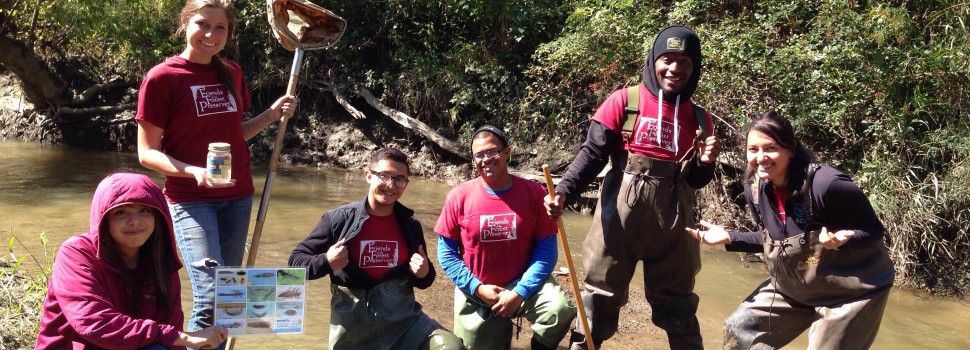
 Chris Haddad Scanlon is the steward of Sundown Meadows. She recently turned 32 and is currently an Assistant Attorney General in the Medicaid Fraud Bureau of the Illinois Attorney General’s office. She has been a steward for almost 11 years! We asked her for the 411 on her site and being a steward.
Chris Haddad Scanlon is the steward of Sundown Meadows. She recently turned 32 and is currently an Assistant Attorney General in the Medicaid Fraud Bureau of the Illinois Attorney General’s office. She has been a steward for almost 11 years! We asked her for the 411 on her site and being a steward.
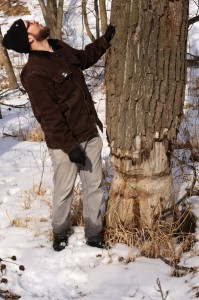 By: Chris Weber, Field Organizer-South for the
By: Chris Weber, Field Organizer-South for the 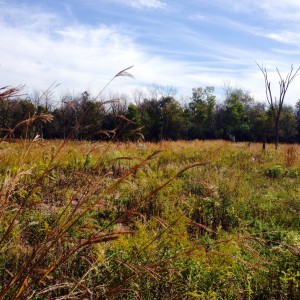
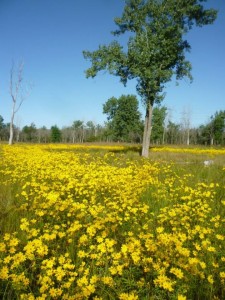
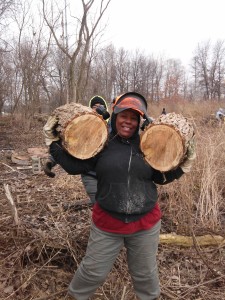

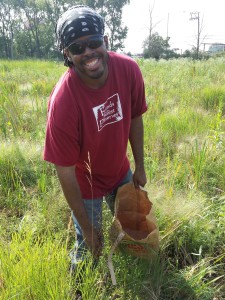
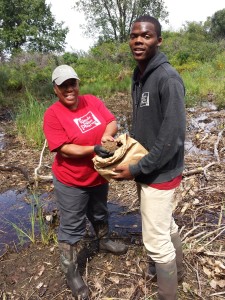
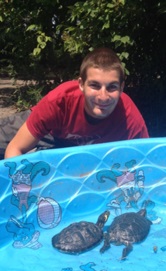 Name: Kacper Mierzejewski
Name: Kacper Mierzejewski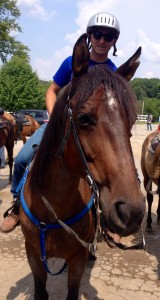 By: Eduardo Paz, Chicago Conservation Leadership Corps Apprentice Crew Leader
By: Eduardo Paz, Chicago Conservation Leadership Corps Apprentice Crew Leader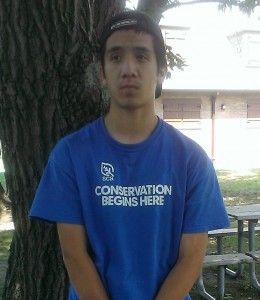 Name: Jose Dondiego
Name: Jose Dondiego By: Jesse Hernandez, Apprentice Crew Leader for Eggers Grove, Chicago Conservation Leaderships Corps
By: Jesse Hernandez, Apprentice Crew Leader for Eggers Grove, Chicago Conservation Leaderships Corps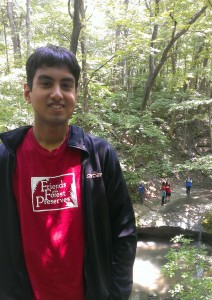 Name: Haider Baig
Name: Haider Baig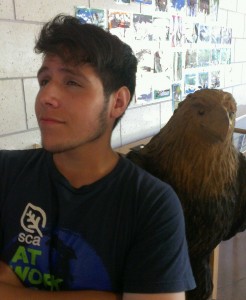 By: Jaime Davila, Apprentice Crew Leader for the Little Red Schoolhouse crew, Chicago Conservation Leadership Corps
By: Jaime Davila, Apprentice Crew Leader for the Little Red Schoolhouse crew, Chicago Conservation Leadership Corps